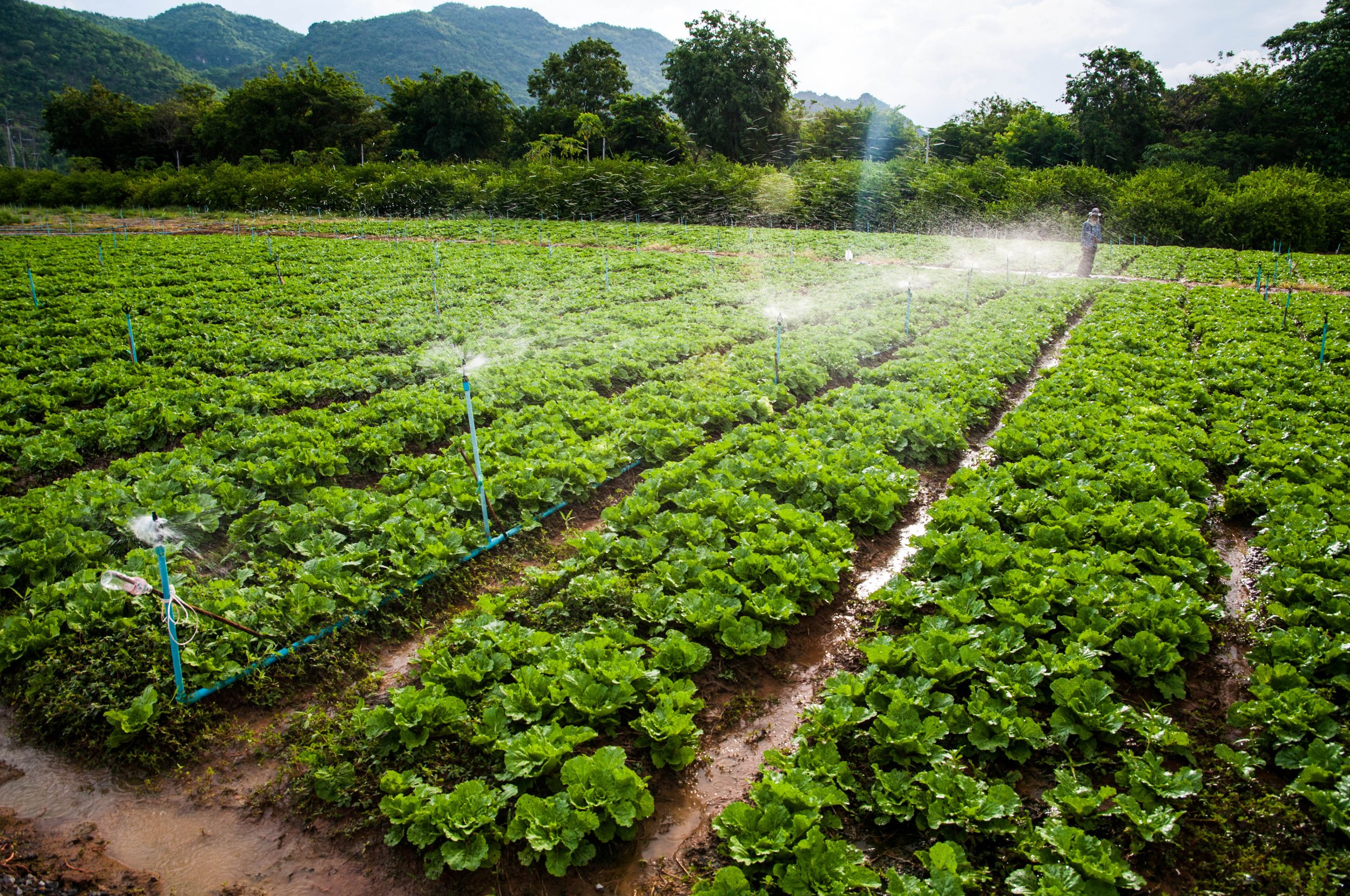
USDA: Department of Agriculture Redesign
UI Case Study
Duration: February 2024 - March 2024
The decision to redesign the government agency of Agriculture was a collective agreement within our group. We began by examining the current live site, integrating new UI elements, and brainstorming ways to tailor it to the agricultural community. While the existing site served its purpose, our additions allowed it to truly shine, offering the USDA an opportunity to explore potentially impactful improvements.
Project Overview
Kyle Gare
Amelia Allen
Elaine Martinez
Christiaan Montgomery
Roles + Responsiblities + Tools
*All four of us primarily served as UI Designers, with our focus exclusively directed towards UI rather than UX considerations. While elements of user research from UX were incorporated, our primary goal in the UI redesign was to enhance the user experience within the interface.
Figma
Trello
Google Suite
Slack
Zoom
Adobe Creative Cloud
Adobe Firefly
GenAI
Apple Design Resources
Slidesgo
Timeline and Scope
Over a span of approximately four weeks, we devoted considerable time to redesigning UI elements, as this was the focus of our bootcamp curriculum. Together, we invested around 150 hours into this project, showcasing our collective dedication. Our goal was not merely to fulfill a homework assignment but to demonstrate the potential impact of our combined skills and collaboration on behalf of the government agency. As the project progressed, however, we encountered challenges, particularly towards the end when we embarked on another project concurrently. Despite this, we recognize the unfinished aspects and remain open to revisiting and refining our work, should the opportunity arise, with a keen interest in potentially benefiting the USDA.
Phase 1: User Research
Through User Research, we identified common pain points experienced by users on the current site. These included information overload on pages, confusing navigation, suboptimal search functionality, and ineffective SEO language.
We recognized the diverse audience encompassed by Agriculture, extending beyond farmers to include business owners and regular citizens interested in various agricultural aspects.
Phase 2: Definition & Synthesis
Our persona, Traci, epitomized the individuals we sought to understand through interviews. She embodies the uncertainty faced by many aspiring farmers, unsure of where to begin amidst the USDA's abundance of resources, often perceived as disorganized. Many users, like Traci, take initiative in embarking on their agricultural journey, with a growing trend of supporting local produce and farmers' markets. Traci's profile allowed us to view the USDA from her perspective, motivating us to streamline its resources and address existing challenges.
Phase 3: Ideation
During the ideation phase, insights gleaned from interviews and user path testing guided our approach. We identified the need to streamline navigation between pages, even the simplest tasks provided valuable information to inform our redesign efforts.
Utilizing techniques such as card sorting and site map building, we established a cohesive hierarchy across pages, prioritizing content based on importance. We refined language and content to better align with user needs.
Through moodboards and our style guide, we began crafting both mobile and desktop designs for the USDA website. We incorporated agricultural-friendly imagery to evoke passion and highlighted user stories, addressing a major gap on the current site. Emphasizing "the people's department," we aimed to showcase this prominently on the homepage to reinforce the department's user-centric approach.
Phase 4: Prototyping from Low to High
Prototyping mirrored our previous group project; we each crafted our own versions of the redesign and amalgamated the best elements. Slowly, the low-fidelity prototype took shape, culminating in the fully developed version we envisioned.
Working alongside Amelia continually inspires me as a designer. Her keen eye for UI design, particularly in color and pattern selection, brought our palette to life. We incorporated a combination of light brown, dark blue, and forest green, which not only highlighted the USDA as an agricultural entity but also unified the site's visual identity with the imagery we curated.
Christiaan and Elaine played pivotal roles in Figma, assembling these newer, high-fidelity components. Their expertise ensured seamless integration of features like dropdown menus and button placement, enhancing the overall user experience as we prepared for testing.
Phase 5: User Testing + Outcomes
We conducted usability tests with a total of eight users (four for desktop and four for mobile). While most users were able to complete tasks, there were variations in performance among individuals. Interestingly, many users immediately turned to the search bar, despite our prompt to navigate pages organically.
Based on the feedback received, we made several design iterations. These included implementing breadcrumb trails and adding highlights to dropdown menus upon hover, addressing user confusion about their current page location.
Additionally, the high-fidelity prototype featured a construction page indicating dead ends. We acknowledged that further development would be needed if afforded additional time and resources in the future.
Phase 6: Conclusion + Future Opportunities
Given that our initial focus was on the desktop version, we aimed to maintain continuity by conducting further testing for continuous iteration.
Our ultimate goal is to fully redesign all pages of the USDA site under the new UI, considering its extensive size and diverse content.
We recognize the significance of the search bar, a focal point for many users navigating a government agency site. Hence, we intend to give it more prominence and functionality in the redesign process.
Additionally, we aim to address the specific challenges posed by mobile design, as our focus has primarily been on the desktop version. This involves optimizing the user experience for mobile devices to ensure seamless accessibility and usability.
Thanks for Reading the Case Study of the USDA!
Feel free to reach out!
Amelia Allen: ameliaeverest@gmail.com
Elaine Martinez: elainefmartinez6@gmail.com
Christiaan Montgomery: cfmonty@gmail.com
Kyle Gare: kylegare22@gmail.com
Link to the full slide deck here:













